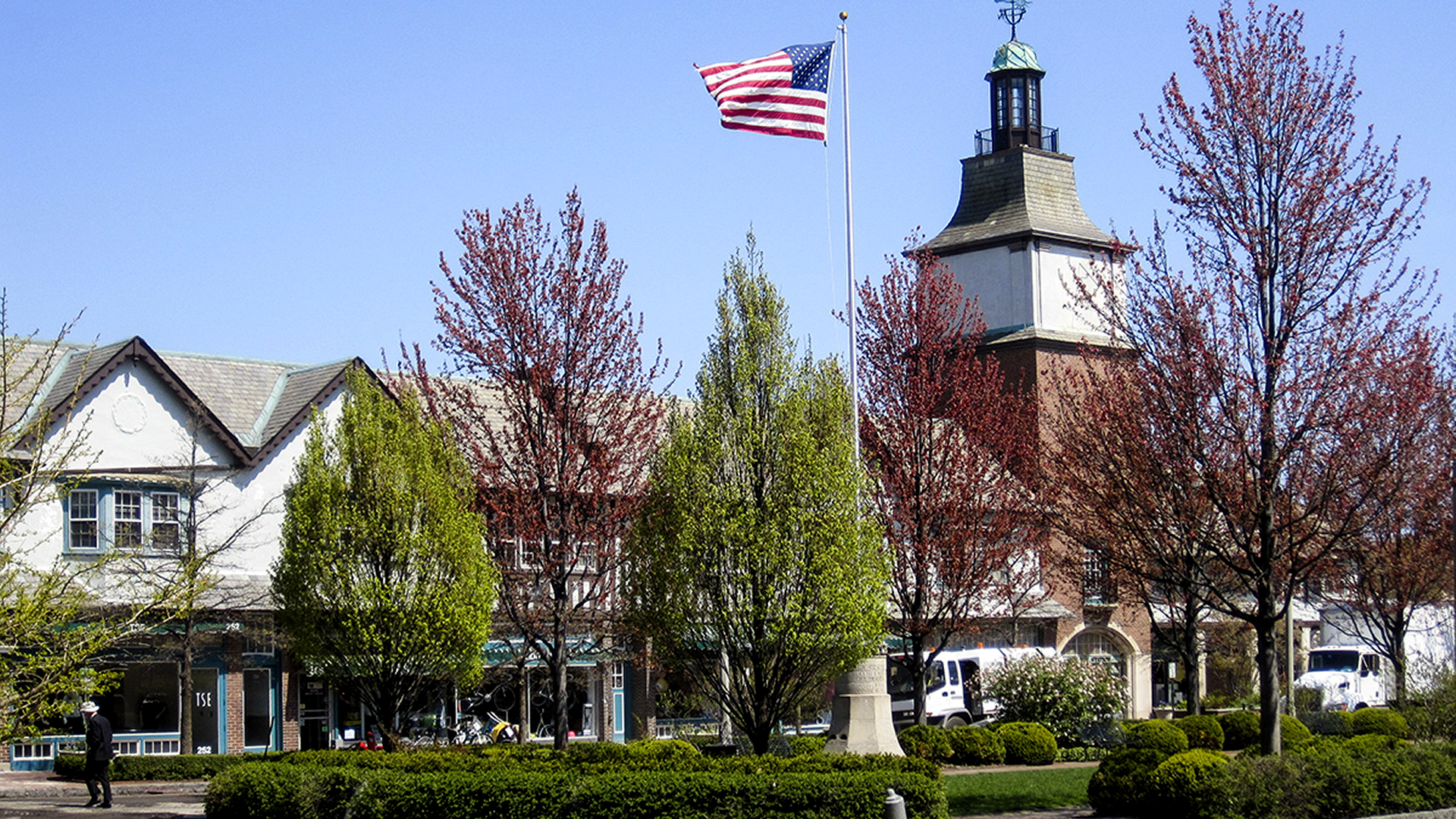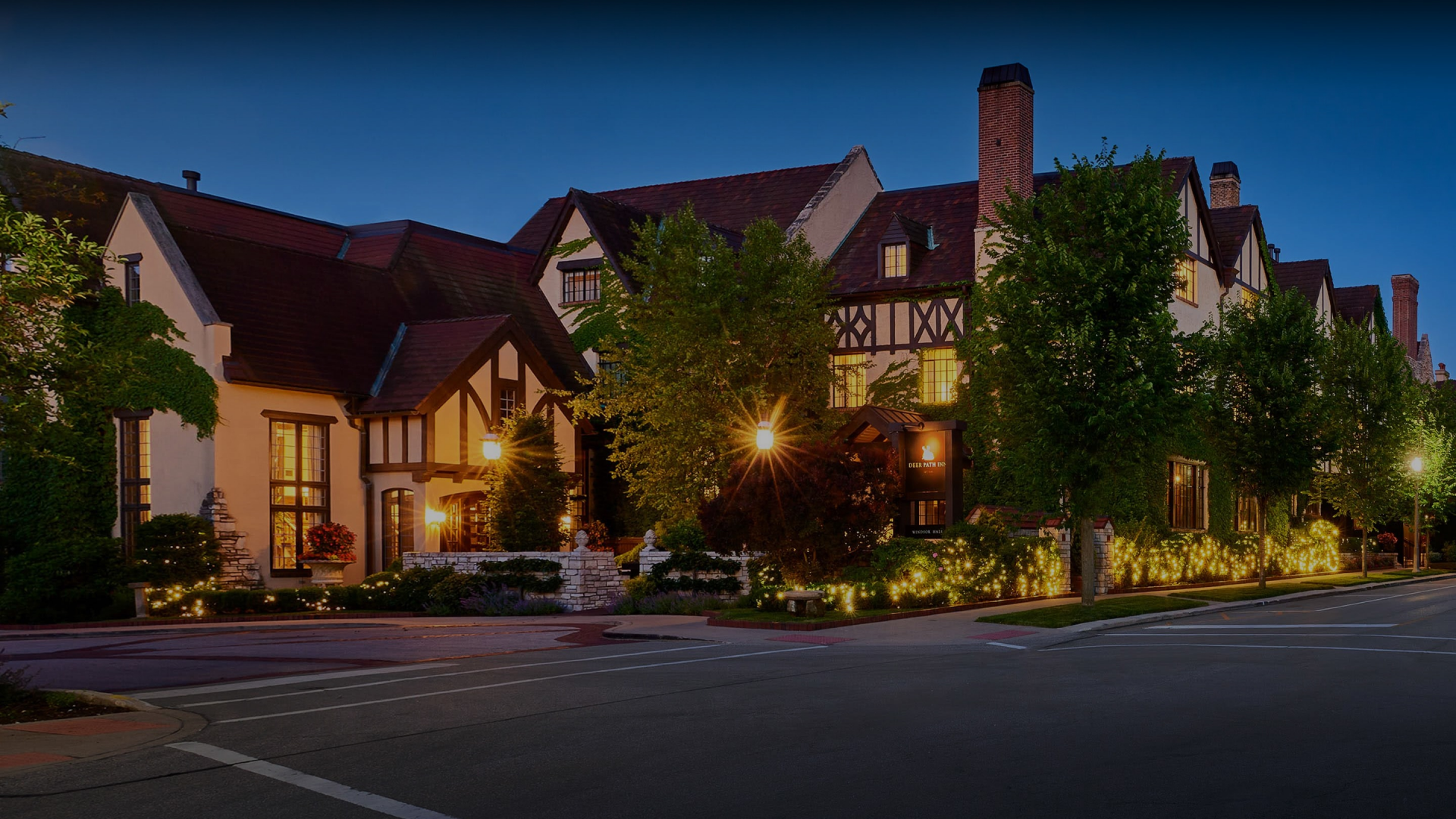
Lake Forest
Illinois
Lake Forest, Illinois
Latitude: 42.2586° N | Longitude: 87.8406° W
Along the picturesque shores of Lake Michigan
Situated along the picturesque shores of Lake Michigan, Lake Forest is a serene enclave in Lake County, Illinois. Approximately 30 miles north of downtown Chicago, this historic town is renowned for its lush landscapes, architectural marvels, and a harmonious blend of tradition and modernity.
History & Heritage
Founded in 1857, Lake Forest was established to support the creation of Lake Forest College and served as a tranquil retreat for travelers en route to Chicago. The city's incorporation in 1861 under a special charter facilitated efficient governance, preserving its unique character. Notably, Lake Forest is home to Market Square, America's first planned shopping center, designed by architect Howard Van Doren Shaw in 1916.
Lake Forest, IL: Wealthy Lakefront Real Estate
Lake Forest, Illinois, is one of the Midwest’s most prestigious communities, renowned for its historic mansions, pristine lakefront, and old-money elegance. Nestled along the shores of Lake Michigan, the city features some of the most sought-after and architecturally significant real estate in the United States.
Lake Forest College | 1857
The Undergraduate Alma Mater of Blake Smith
-
Lake Forest College, located in Lake Forest, Illinois, was founded in 1857—the same year as the town itself. Its founding was part of a bold vision by a group of Chicago Presbyterians who wanted to establish a Midwest institution that combined the intellectual rigor of the East Coast with the spiritual and moral values of the church.
🏛️ Origins & Early Years
Originally named Lind University, the school was quickly renamed Lake Forest University to reflect its setting on the scenic bluffs above Lake Michigan. The college was designed to serve both as a higher education institution and to help build a “model Christian community” in the newly developing city of Lake Forest.
In 1865, the Academy and the College of Arts and Sciences were formally chartered. By the late 19th century, the school had developed into a well-respected liberal arts institution, catering to the children of Chicago’s business and cultural elite.
📚 A Liberal Arts Focus
Lake Forest College has long emphasized the liberal arts—a broad-based education in the humanities, social sciences, and natural sciences. It is particularly known for its small class sizes, close relationships between students and faculty, and an emphasis on experiential learning through internships and research.
🎨 Cultural & Civic Impact
Throughout the 20th century, Lake Forest College became more diverse and nationally known. It weathered world wars, economic shifts, and changing academic trends, while remaining rooted in the intellectual traditions of liberal inquiry and civic responsibility.
It has contributed significantly to the intellectual and cultural life of Lake Forest, while maintaining a strong connection with the surrounding Chicago area through partnerships, alumni, and outreach.
🏅 Today
Today, Lake Forest College is a thriving institution with:
Over 1,500 undergraduate students from across the U.S. and around the world
A 12:1 student-faculty ratio
Innovative programs in business, neuroscience, environmental studies, and more
A strong reputation for career preparation and internships, especially in nearby Chicago
It is also home to historic architecture, leafy walkable grounds, and traditions like “Forester Day,” where students celebrate community and school pride.
The Lantern
The Lantern of Lake Forest is a cherished establishment that has been serving the community since 1934. Located at 768 N. Western Avenue, this family-owned restaurant and bar has become a cornerstone of Lake Forest's dining scene, known for its welcoming atmosphere, hearty fare, and deep-rooted history.
The Lantern's origins trace back to the end of Prohibition, making it one of the oldest continuously operating taverns in Lake Forest. In 1975, Don Tiffany Jr., a former police officer, purchased the establishment, marking the beginning of the Tiffany family's long-standing stewardship. The family's legacy of public service in Lake Forest dates back generations, with members serving as police chiefs and firefighters. Don's daughter, Beth Tiffany (now Neville), took over management in the early 2000s, continuing the family's commitment to community and hospitality.

English Room | Deer Path Inn
The Cyrus McCormick Jr. Estate – Walden
Address: 830 Green Bay Road, Lake Forest, IL
Architect: Charles Platt (1910s)
Style: Beaux-Arts and Italianate Formalism
Story:
Cyrus McCormick Jr., heir to the McCormick Harvesting Machine Company fortune (which became part of International Harvester), commissioned this palatial estate as a summer retreat. Known as “Walden,” the estate exemplified the elegance of East Coast-influenced classical design, complete with formal gardens inspired by Italian villas.
What made Walden especially significant wasn’t just its architecture—it was a center of elite social life in early 20th-century Lake Forest. McCormick and his wife Harriet were strong supporters of progressive social causes, and Harriet, in particular, was active in women’s education and the arts.
Though the estate was later subdivided, remnants of the original gardens and the main house still whisper of the city’s Gilded Age glamour.
Elawa Farms
Elawa Farm was built in 1917 in Lake Forest, Illinois for A. Watson and Elsa Armour.
A. Watson Armour was a member of the family who owned Armour & Company, the largest meat-packing company in the world at the turn of the 20th century.
Kuro Bistro
Kuro Bistro was founded in 2019 with the intention of delighting the Lake Forest area’s diverse dining crowd with an authentically contemporary take on Asian cuisine. Anchored in tradition, we seek to make every element of your time with us a special one.
Chief’s Pub
A local favorite, Chief's Pub offers a relaxed atmosphere with a menu featuring hearty American fare and a selection of craft beers.
In the Movies

Deer Path Inn

-
The Lake Forest Commuter Train: A Legacy of Rail and Retreat
1855 – The Railroad Arrives
Lake Forest was founded in 1857 by a group of Presbyterian leaders who intended it as a sanctuary from the perceived vices of Chicago. But the community would not have thrived without the Chicago and North Western Railway (C&NW), which laid track through the area in 1855, just before Lake Forest's official founding.
This new railway connection made Lake Forest accessible within a few hours of downtown Chicago, allowing it to become one of the earliest commuter suburbs in America. Wealthy families built summer estates and eventually full-time homes, commuting to the city in relative comfort.
Early 1900s – The Rise of the North Shore Elite
By the turn of the 20th century, Lake Forest had become a cornerstone of the so-called “North Shore,” a string of affluent towns tied together by the C&NW line. Regular and increasingly reliable train service enabled businessmen, industrialists, and professionals to maintain Chicago careers while raising families in a serene, wooded enclave.
Lake Forest also had a second line, operated by the Chicago, North Shore and Milwaukee Railroad (the “North Shore Line”), an electric interurban route that ran from 1916 until 1963. It offered faster service and helped turn Lake Forest into even more of a year-round residential community.
1970s – Metra is Born
As freight railroads shed their passenger services, commuter operations transitioned to public management. In 1984, the Regional Transportation Authority (RTA) formed Metra, which took over operations of the old C&NW commuter lines.
Lake Forest is now served by two Metra lines:
Union Pacific North Line – Serving the East Lake Forest station, on the former C&NW route. This is the more historic and centrally located stop.
Milwaukee District North Line – Serving West Lake Forest station, with limited service geared more toward reverse commuters and Amtrak connections.
Today
Lake Forest’s dual Metra stations remain vital to the town’s identity. They support both traditional downtown workers and reverse commuters headed to nearby corporate campuses in Lake County.
Notably, the East Lake Forest station is a preserved historic structure, anchoring the downtown district and surrounded by shops and restaurants—just as it was in the early 1900s.
The James Ward Thorne House
Address: 905 Sheridan Road, Lake Forest, IL
Architect: Howard Van Doren Shaw (1912)
Style: Tudor Revival
Story:
James Ward Thorne, heir to the Montgomery Ward retail empire, and his wife Narcissa commissioned this home from Shaw, one of Chicago’s premier residential architects. But Narcissa was the one who later became world-famous—for creating the Thorne Miniature Rooms, now housed at the Art Institute of Chicago.
The Thorne House not only represented high Tudor Revival style—with leaded glass, wood beams, and ornate stonework—it was also a deeply personal creative space. Narcissa reportedly designed miniature versions of her home’s rooms before experimenting with scenes from global history. The estate was eventually broken up, but the house remains a cornerstone of local preservation and is privately owned today.
Authentico
Savor authentic Mexican flavors in a vibrant setting. Authentico offers a diverse menu of traditional dishes and handcrafted cocktails.
The Forester, a Hyatt Place Hotel
Blending natural elements with contemporary design, The Forester offers a comfortable and stylish stay, complete with modern conveniences and a welcoming atmosphere.

Market Square
The Armour Mansion – Mellody Farm
Address: 900 North Shore Drive (now part of Lake Forest Open Lands)
Architect: Harrie T. Lindeberg (circa 1909)
Style: English Manor / Arts & Crafts
Story:
This massive estate was built for J. Ogden Armour, president of Armour & Co., one of the largest meatpacking companies in America. Mellody Farm was a showpiece estate, with its 1,000 acres of gardens, greenhouses, and even a working farm that supplied the family’s food.
What sets Mellody Farm apart is how it reflected the self-sufficient ideals of America’s ultra-rich in the early 1900s. Armour even brought in Frederick Law Olmsted Jr. to help design the grounds. In the 1920s, however, Armour’s fortunes declined, and much of the land was sold off. The mansion was eventually demolished, but its ornate stone gates and barn structures remain—now part of the Lake Forest Open Lands preserve.
Fort Sheridan Forest Preserve
When renowned landscape designer O.C. Simonds (1855–1931) conceived plans for the Fort Sheridan army base in 1889, he meticulously merged military needs with the land’s rolling terrain and ecologically sensitive bluffs and ravines while making breathtaking views of Lake Michigan a priority. Our team of landscape architects, ecologists and educators considered many of the same philosophies when planning how the public would experience the site and learn from its unique history.
A scenic destination, this stately preserve offers a variety of opportunities to recreate in nature. Fort Sheridan is one of only a few places in Lake County that offer free public access to Lake Michigan and an awe-inspiring lake overlook perched on a 70-foot-high bluff. Known for its pristine natural areas and excellent birdwatching, Fort Sheridan is home to several rare species not found elsewhere in the region. The preserve's savanna, ravines and lakefront location allow visitors to observe one of North America’s busiest flyways for migratory birds. At least 236 species of birds have been seen here.











